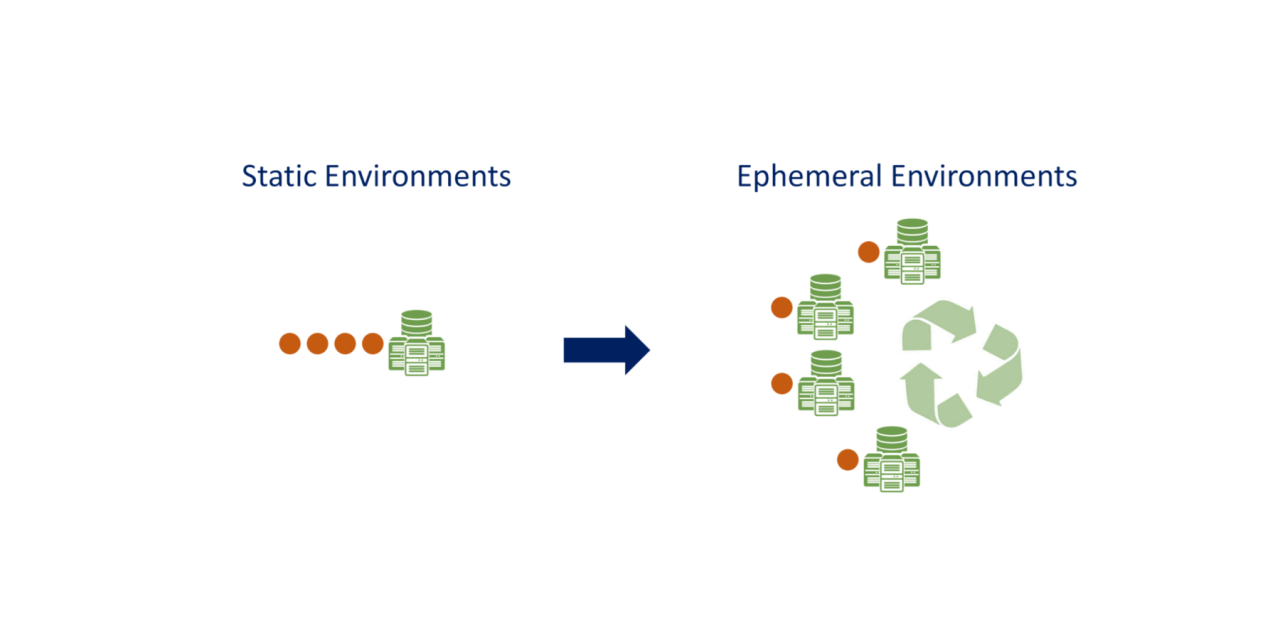By: Mark Lewis, SVP Sales and Marketing
Hybrid cloud is a special category of cloud that more businesses are adopting. It is an ideal model for enterprises that want to maintain on-premise ownership and want to leverage the scalability and flexibility and cost advantages of a public or private cloud.
Enterprises have been adopting this model rapidly and with more confidence than ever.
- A Flexera survey identified a strong multi-cloud presence (92 percent of enterprises) and adherence to hybrid strategies (80 percent).
- Almost 76 percent are incorporating multiple public clouds, and 56 percent reported using more than one private cloud.
- About 60 percent of organizations are already using, or are piloting, a hybrid cloud solution. And 32 percent plan to implement a hybrid solution within the next 12-24 months.
While the number of organizations adopting the hybrid cloud model are increasing, there are challenges that organizations leveraging the hybrid cloud approach face. Hybrid can be the best of both worlds but overlap and confusion can occur in creating a perfect combination.
Flexera found that 81 percent of enterprises surveyed stated cloud security is a challenge, 79 percent struggled with the costs associated with the cloud, and 75 percent with governance. Some also indicated that 30 percent of their cloud spend is wasted.
Expertise and guidance are paramount when implementing any type of cloud. It can help an enterprise gain the hybrid benefits clearly and tangibly without running into roadblocks around security, configuration, management, and workload orchestration.
Best practices of moving to a Hybrid Cloud Environment:
- First things first. Accept that moving to a hybrid cloud environment is inherently complex. Building the infrastructure of administrating and sustaining a hybrid model requires careful planning an execution.
- Take the time to research if there are any hidden costs associated with using hybrid cloud. Cloud is cost effective because it’s a pay per license model; however, some licensing terms can lead to over-provisioning if an enterprise is unsure about where assets reside and how much workload runs in their hybrid cloud.
- Skills and talent are vital parts of any cloud environment success. Hybrid clouds require support either through internal or external resources.
- Appropriate tools and measures should be taken to cover other cloud execution issues like network availability, network orchestration, interoperability, latency, and performance optimization.
- Data control can be a challenge when managing a hybrid cloud model. Document where data and other assets reside and determine which party is responsible for protecting and maintaining them – the enterprise of the cloud provider? Which is accountable for data breaches? Proper understanding and agreement on which party is responsible for these areas can reduce a lot of confusion and conflicts when it matters most.
- It also helps to consolidate management under one IT team with well-defined, simplified, and streamlined operations.
All one needs is clarity, careful planning, and the right expertise to ensure that hybrid cloud delivers its actual advantages.



